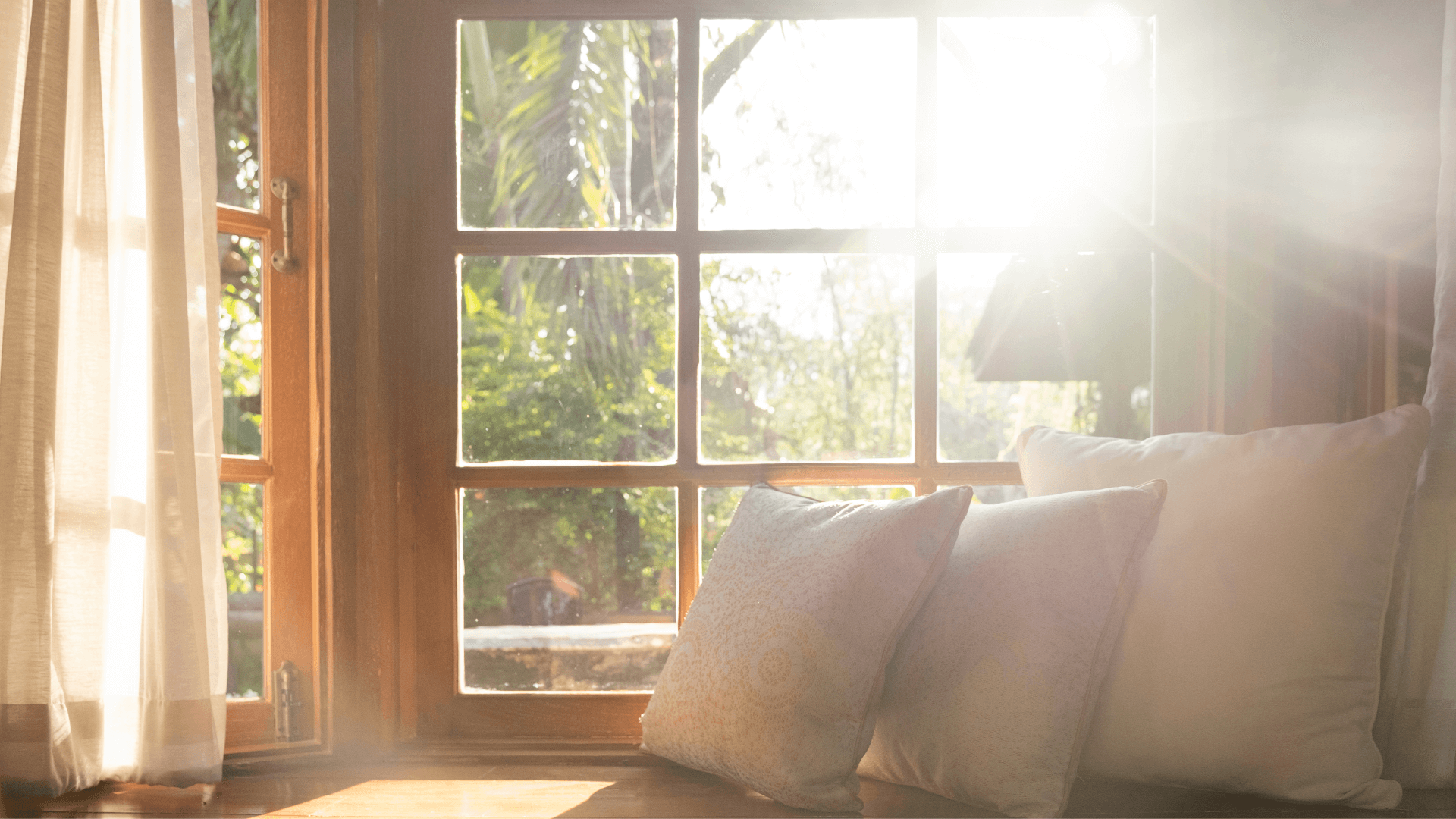Shedding Light on Seasonal Affective Disorder: Understanding SAD
&srotate=0)
Seasonal Affective Disorder (SAD) is a type of depression that happens most during fall or winter. It’s caused by chemical changes from less daylight due to shorter days. Symptoms of SAD mimic typical depression but differ in that they recur and improve at about the same times each year.
Someone with SAD can find relief through sunlight exposure, light therapy, psychotherapy or medication. One of the most common treatments is light therapy, a daily intervention using a light box emitting white light. A person sits a few feet away from the box while they do activities like reading, eating, or working. The light helps to stimulate the brain to produce more serotonin and less melatonin, improving SAD’s symptoms.
“Someone with SAD can help improve their symptoms with strategies used for depression like socializing with others, taking time for self-care, keeping a healthy diet, and exercising,” Dr. Pinkston, our behavioral health therapist, tells us. “Anyone struggling with SAD can find help through their family, friends and their healthcare team at HSNT.”